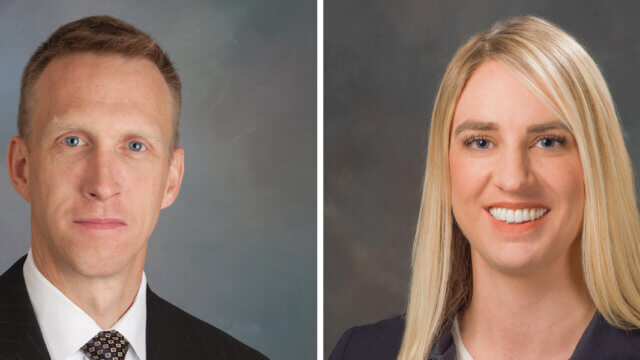By Alex Cisneros
Uncertainty is a common theme as the hotel industry moves into a “post-post-pandemic” environment characterized by new economic constraints as well as opportunities.
On the macro-level, it is a time of rising interest rates coupled with increasing costs and pressures on the consumer. At the same time, at least until recently, the industry has seen ADR at all-time highs, surpassing even 2019. The overwhelming desire of consumers to travel is undeniable, and this summer in particular, travelers have been predicted to hit the road in record numbers.
How can hoteliers make sense of disparate economic data to proactively manage their business to achieve optimum profitability, alongside revenue growth?
From a forecasting perspective, one critical way of doing so is factoring in the cost of customer acquisition—the amount of money you need to spend to acquire new customers.
Spending less to gain more, is a sure-fire way to open the door to new revenue even as you effectively manage the bottom line.
Member rates, customer experience and managing costs
At Red Roof, we launched a new and more accessible best available rate program for loyalty members at the beginning of the summer. Such web-based loyalty campaigns can be a great way to spur trial without incurring tremendous expense.
And successful uptake has been as one would expect, as we’ve seen a substantial jump in new members, which has brought new trial and an increase in bookings.
While to-date the overall impact of the new program is not yet fully conclusive, it’s clear that especially in a belt-tightening macro-environment, consumers respond to special offers and “perks.”
The question becomes how to manage and forecast around the new loyalty moving forward. Especially in the economy lodging context, best-available rate programs can be a double-edged sword: While discounting can widen the customer base, building loyalty around discounts alone is never a good idea.
Building value for the traveler is critical and so is managing the cost side of the equation. And that requires drilling into the data.
Assessing the data – market by market
For example, booking patterns indicate that while broadly speaking industry occupancy remains solid, extended “bleisure” bookings may be waning.
While arriving a day earlier and departing a day later for an extended stay has been a common trend the past two years, especially in the economy segment, a recent reduction in Thursday and Monday occupancies suggest that may be changing. Many travelers continue to have the opportunity to combine remote working with leisure trips, so we are looking more closely into the rate differential between weekdays and weekends to avoid “hyper-discounting” trap.
Demand in suburban markets also appears to have stabilized in recent weeks, even as urban and resort hotels have bounced back stronger. For the first part of the year, we have outperformed 2021 and 2019 revenue levels by double digits, but we are focusing more and more on the cost of customer acquisition.
The main questions remain, how do we calibrate loyalty trends and marketing outreach with careful market-by-market analysis of what segments and regions remain strongest? How to balance brandwide initiatives with the imperative of providing full support to keep all our franchisees ahead of the curve, attracting and retaining customers and growing revenue even as they run profitable businesses?
Initiatives such as member rate programs have the potential to move the needle; the more data gathered on increasing numbers of travelers moving across the country, the better ones forecast trends that help franchisees succeed under all market conditions. And the more effectively you will be able to continue to market to consumers cost-effectively.
Rapidly changing economic and consumer data mean we must all stay attuned to the trends and crosscurrents at all times, and at all levels.
Looking forward
The truism that “change is the only constant” has never been more true in the hotel industry than it is today.
It is almost dizzying to think that less than two years ago we were mired in a near industry-wide shutdown brought by on the pandemic; a year ago we were wondering how fast we could build back and whether the building back would continue; heading into fall 2022, we are assimilating positive numbers mirroring 2019 to try to assess where the strength will continue, how far it will grow and what pockets of current uncertainty could provide the biggest future threats.
One certainty appears to be that managing your business in ways that account for costs as well as revenue remains critical. Another is that to do so effectively is more dependent than ever on careful and comprehensive analysis of a large, and increasing, array of data.
The more we know, the more we realize we have yet to learn.
Alex Cisneros is SVP, revenue generation at Red Roof.
This is a contributed piece to Hotel Business, authored by an industry professional. The thoughts expressed are the perspective of the bylined individual.




